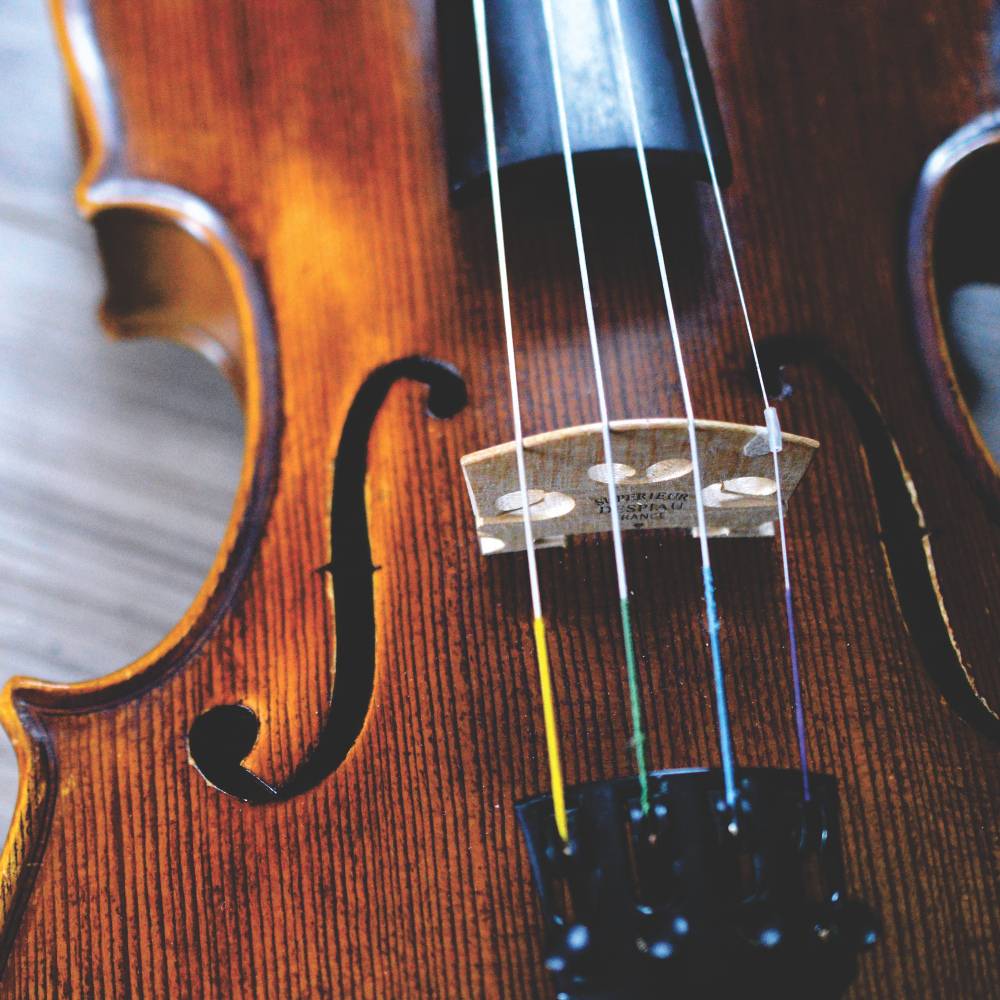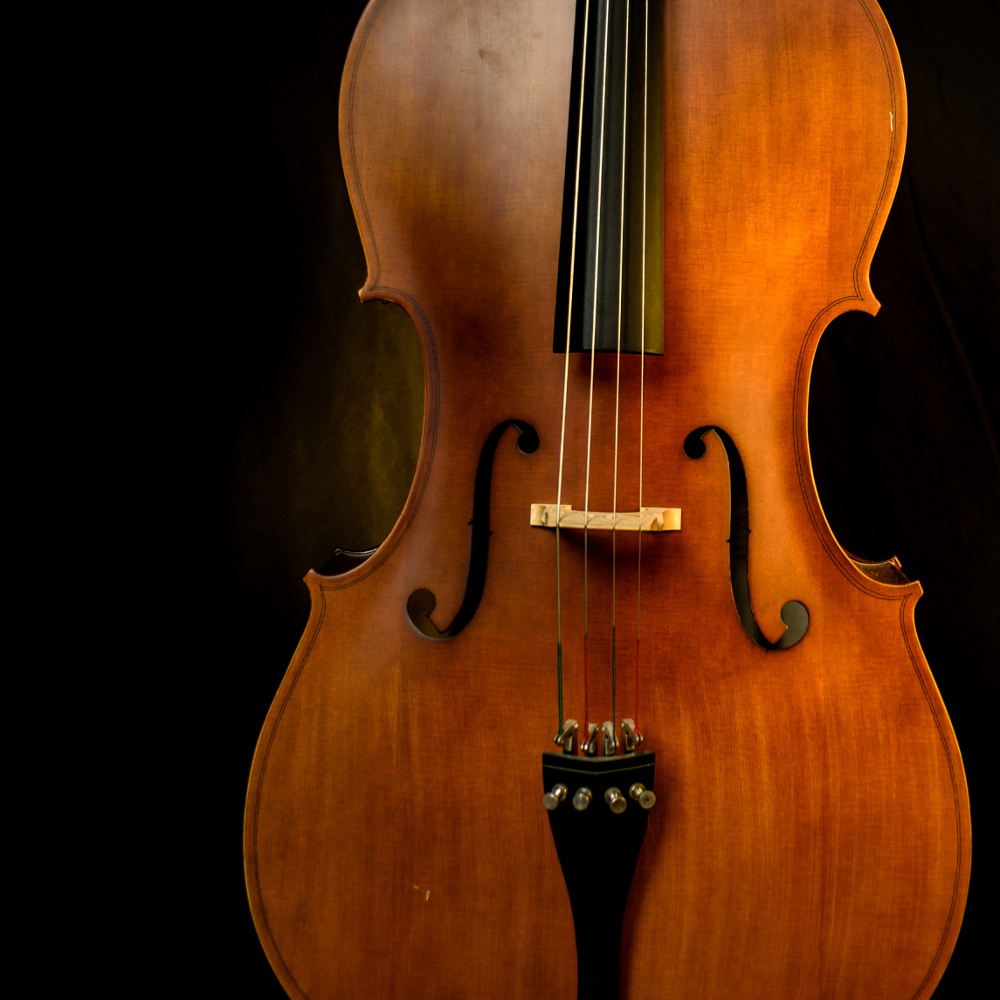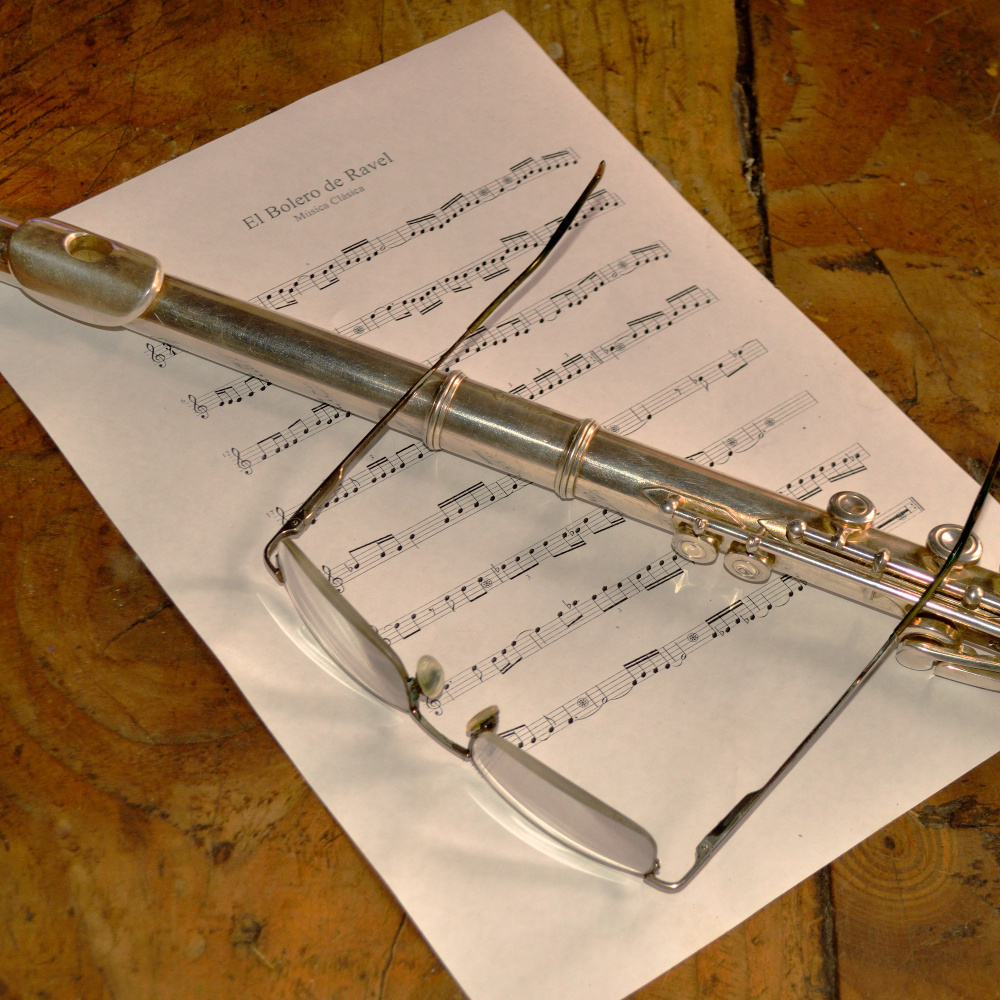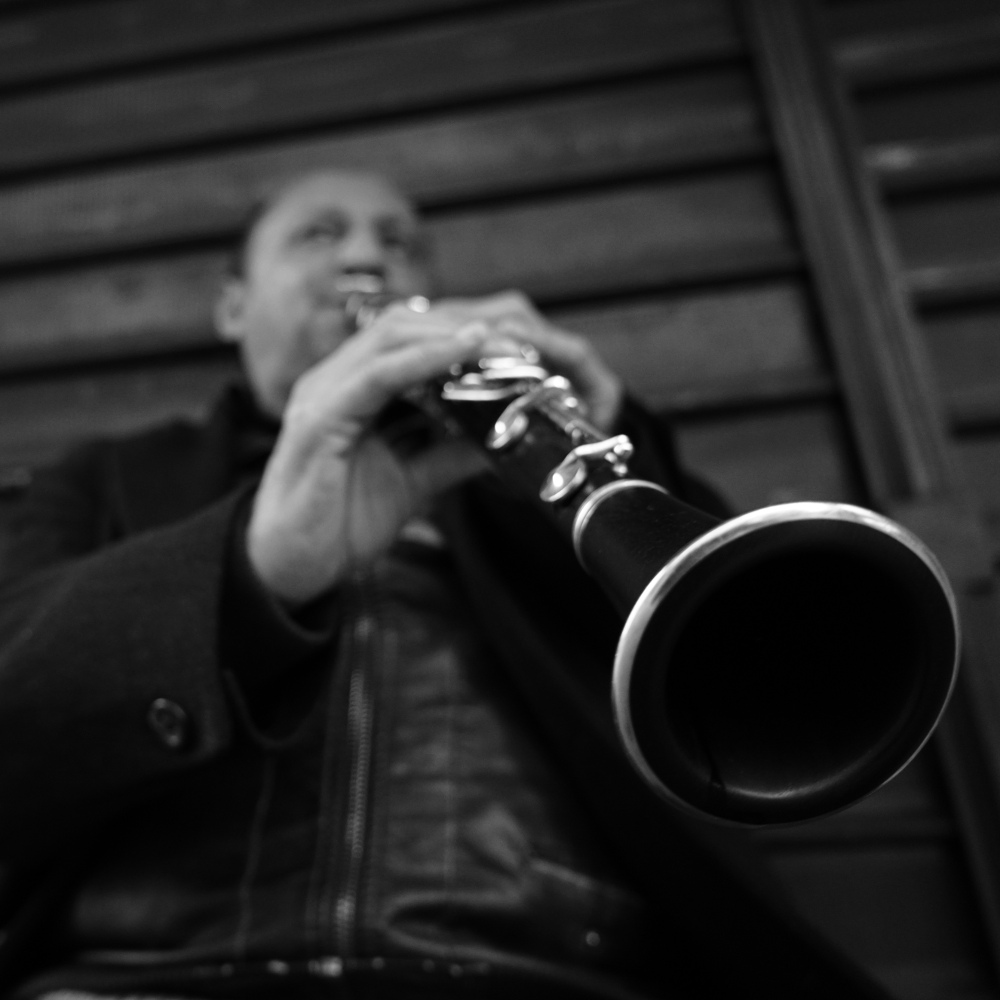

Real Grand Expression 2

Yamaha summarises their new additions to the 700 series digital piano as Real Grand Expression 2, a collection of features geared towards an authentic grand piano experience, let’s summaries what’s new. First is the GrandTouch keyboard with synthetic ebony and ivory keytops and fully wooden white keys, including escapement, counterweights and 88-key Linear Graded Hammers for an authentic grand piano playing experience. Grand Expression Modeling is also a part of the new feature set, the new technology gives a fuller range of dynamics that a pianist would expect of a traditional grand piano. This includes varying the intensity and speed of touch to affect tone and playing keys to different depths during legato or trills to produce controlled dynamics. Yamaha now also includes binaural sampling for both CFX & Bösendorfer, this greatly improves the exprience of playing with headphones and overall creates a full and ambient sound through speakers, a PA system or headphones. Virtual Resonance Modeling (VRM) means that like an acoustic grand piano, each string is not isolated, but rather when played vibrations accumulate and interact throughout the piano creating sympathetic resonance, meaning when played the harmonics and depth of sound are very true to an acoustic grand piano. Yamaha’s new measuring technology summarised as Grand Acoustic Imaging has meant that each piano voice, including the new fortepiano voices, are rich and accurate. Finally it is worth considereing that the CLP-775, CLP-745 and CLP-735 are compact compared to their full sized acoustic grand piano counterparts but do not compramise acoustically.
The CLP-775’s New Interface, and more …
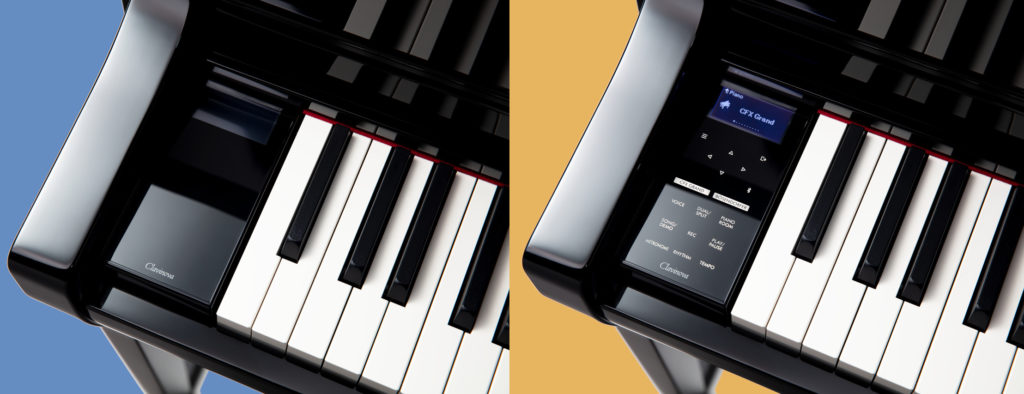
The Yamaha CLP-775 now features a touch panel rather than physical buttons. Here is a comparison of the new touch interface turned on and off, see how the buttons light up when turned on! This interface is made with a 128 x 64 full dots LCD Touch Sensor meaning that this control panel is bright and clear to use. On this panel you can change audio effects on the CLP-775 such as reverb, chorus and brilliance and many other settings to adjust the sound to suit you. There are a collection of 21 Voice Demo Songs, 50 Piano Songs and 303 Lesson Songs with 20 rhythms and 16-track recording. If you would like to record your sessions on the Yamaha CLP-775 you can use the USB Audio Recorder, that can both playback and record directly to a WAV audio format preserving the audio quality and effects of the piano accurately. Additionally the USB-TO-HOST and USB-TO-DEVICE allow you to use the Yamaha CLP-775 as an MIDI Controller, this will be very usefull if you plan to incorporate the CLP-775 with recording software such as a DAW. Dual headphone jacks make its easy to play and listen to the CLP-775 with a music instructor or friend with headphones simultaneously. The speaker system featuring (42W + 50W + 20W) x 2 amplifiers and (16 cm + 8 cm + 5 cm) x 2 on the CLP-775 digital piano is suitably loud to play with accompaniment and still maintain a full and rich sounding piano at lower volumes. Also the inbuilt Audio Bluetooth receiver and Bluetooth MIDI device make it is easy to pair this piano the accompanying devices such as an Android or IOS device.

